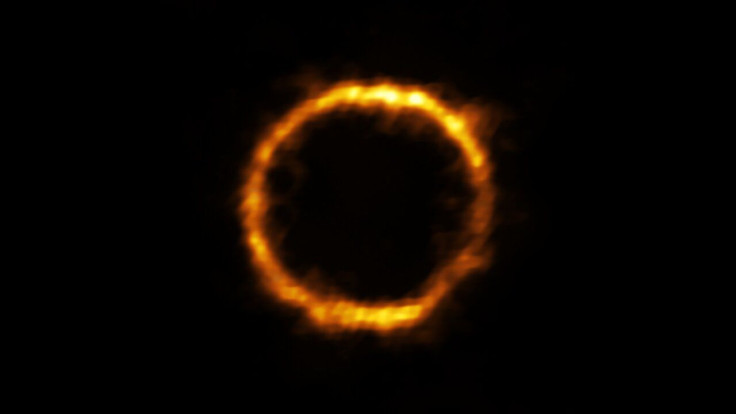Most Distant Milky Way Look-Alike Challenges Understanding Of Galaxy Formation
KEY POINTS
- Astronomers discovered a Milky Way look-alike galaxy from the early Universe
- It has features that are not expected to be observed in early Universe galaxies
- The galaxy is quite stable, contrary to the belief that early Universe galaxies are chaotic
- The find challenges the current understanding of galaxy formation and evolution
Astronomers using the Atacama Large Millimeter/Submillimeter Array (ALMA) spotted the most distant Milky Way look-alike galaxy. The galaxy's stable nature challenges the current understanding of galaxy formation.
In a new study, a team of astronomers describe the discovery of a young galaxy that's so far away its light took over 12 billion years to reach the Earth. This means that astronomers are seeing the galaxy, now dubbed as SPT0418-47, when the Universe was just 1.4 billion years old. At this age, the Universe was only 10% of its current age and galaxies were still just starting to form.
In studying the galaxy, the researchers spotted a rotating disc as well as a bulge, making it quite similar to the Milky Way. Although it does not have the Milky Way's iconic spiral arms, the researchers believe it will evolve into a different kind of galaxy, these two features at this stage make galaxy SPT0418-47 the most distant Milky Way look-alike. In fact, this is the first time that a central bulge in a galaxy has been seen so early in the Universe.
The find challenges the current understanding of how galaxies form and evolve. Galaxies in the early Universe are believed to be chaotic and distinct from more "mature" galaxies such as the Milky Way because they are still in the process of forming. As such, the features found in mature galaxies are not expected to be observed in much younger galaxies.
However, galaxy SPT0418-47 shows that even then, galaxies could have been more well-organized, suggesting that the early Universe may not be as chaotic as believed.
"What we found was quite puzzling; despite forming stars at a high rate, and therefore being the site of highly energetic processes, SPT0418-47 is the most well-ordered galaxy disc ever observed in the early Universe," study co-author Simona Vegetti of the Max Planck Institute for Astrophysics said in a news release from the European Southern Observatory (ESO). "This result is quite unexpected and has important implications for how we think galaxies evolve."
One possible explanation is that these features, gas discs and the bulges, actually form much earlier that previously thought. In future studies, the researchers hope to see whether there are also other galaxies like SPT0418-47 in the early Universe.
"Then, we are looking forward to the next generation of telescopes currently being built," Vegetti told UPI. "These new facilities will bring this type of analysis to the next level, allowing us to observe even younger galaxies with an even greater level of detail."
The study is published in the journal Nature.

© Copyright IBTimes 2024. All rights reserved.






















